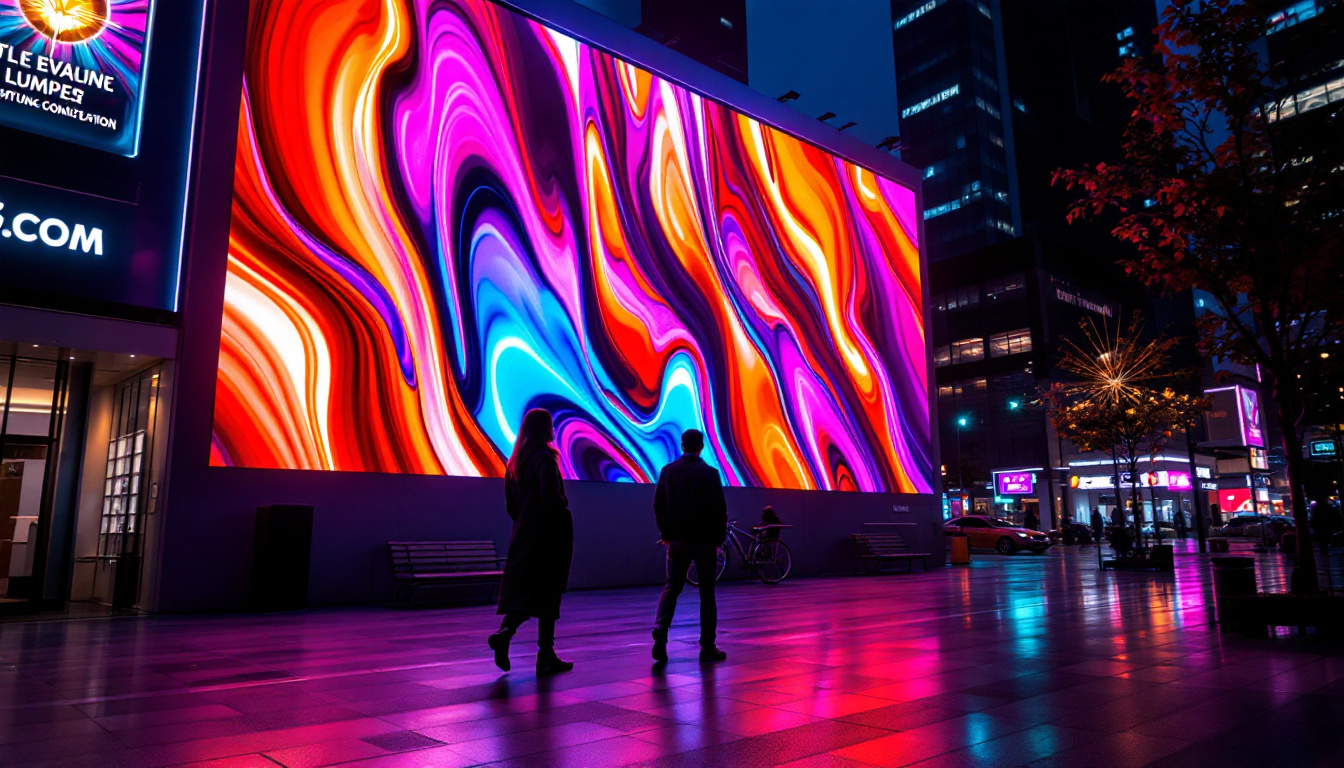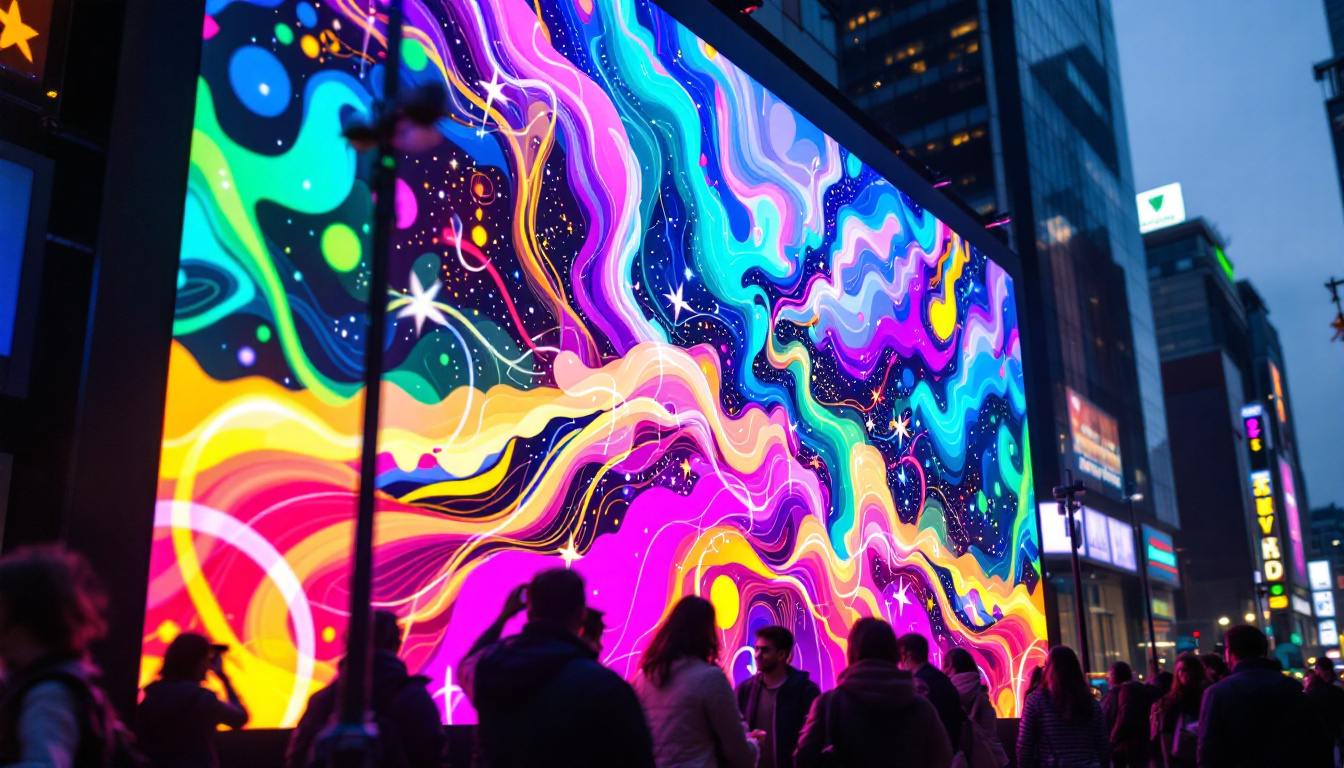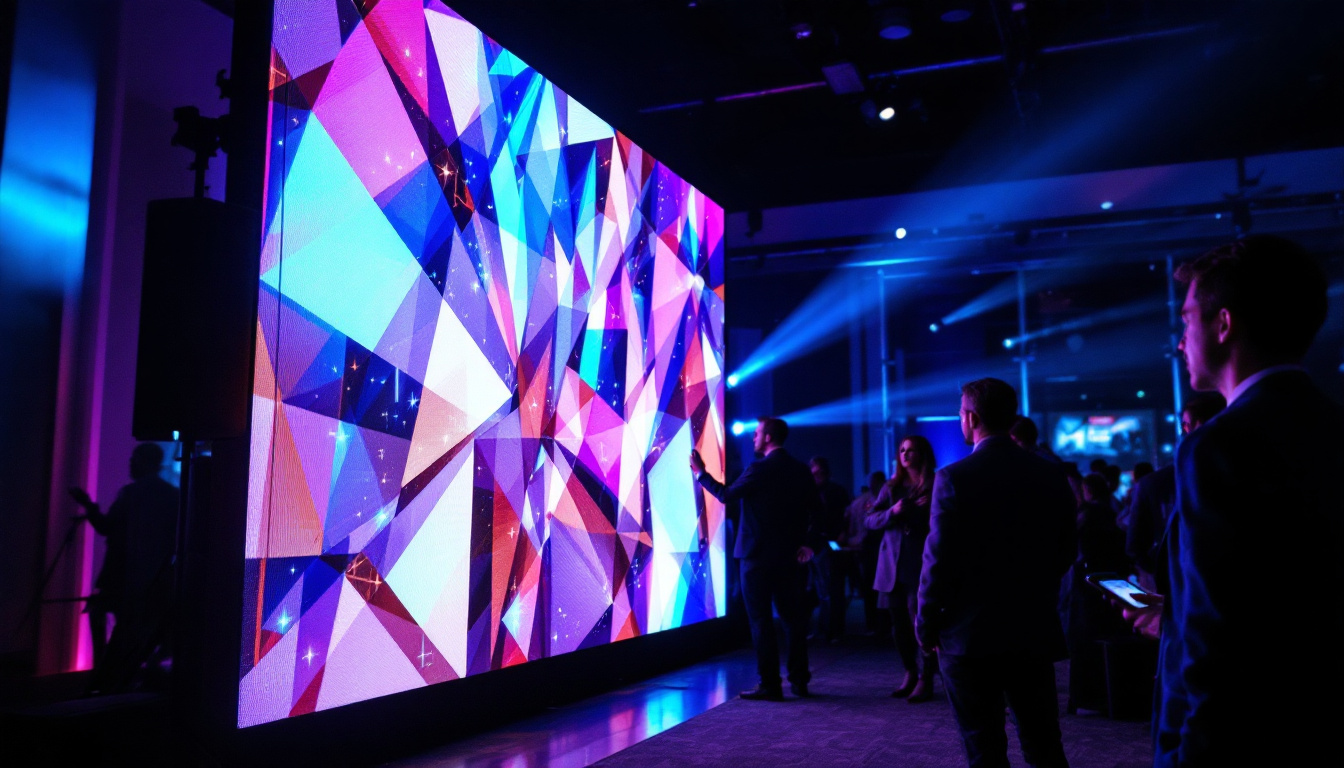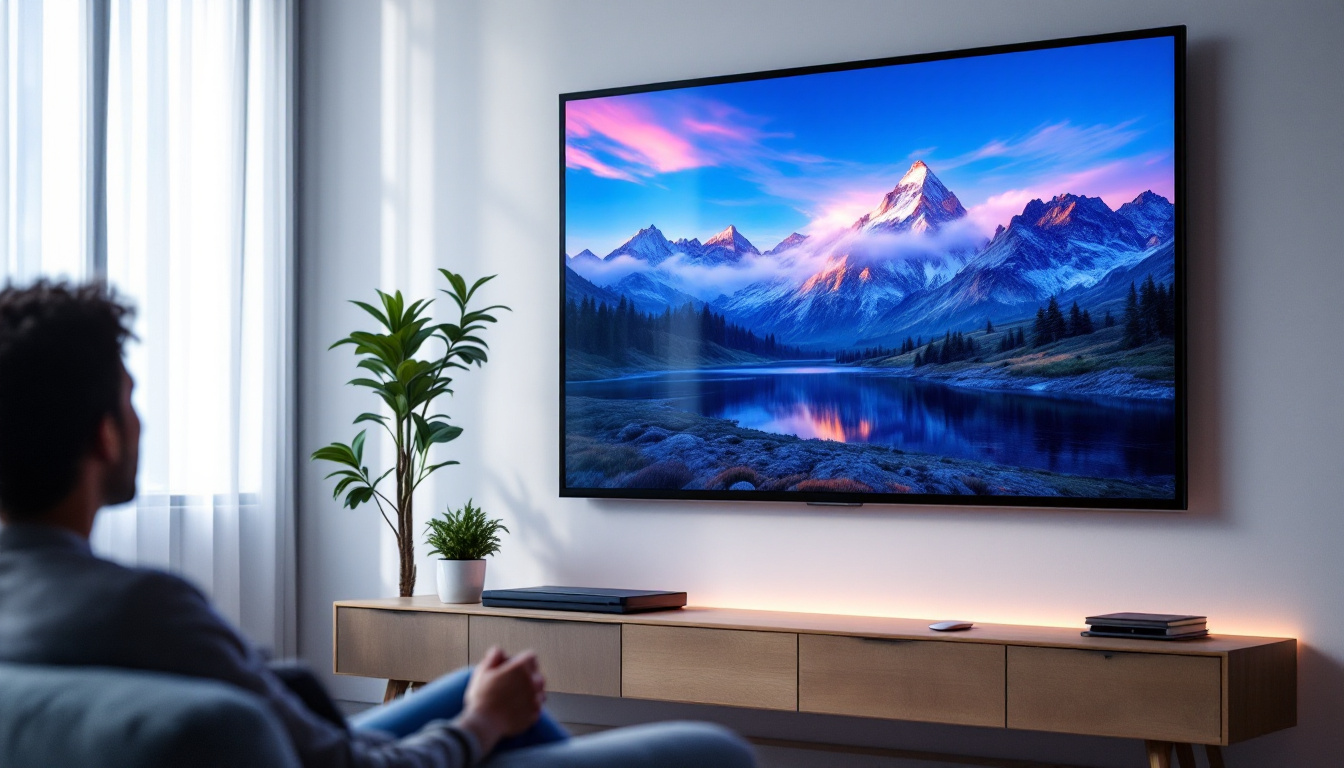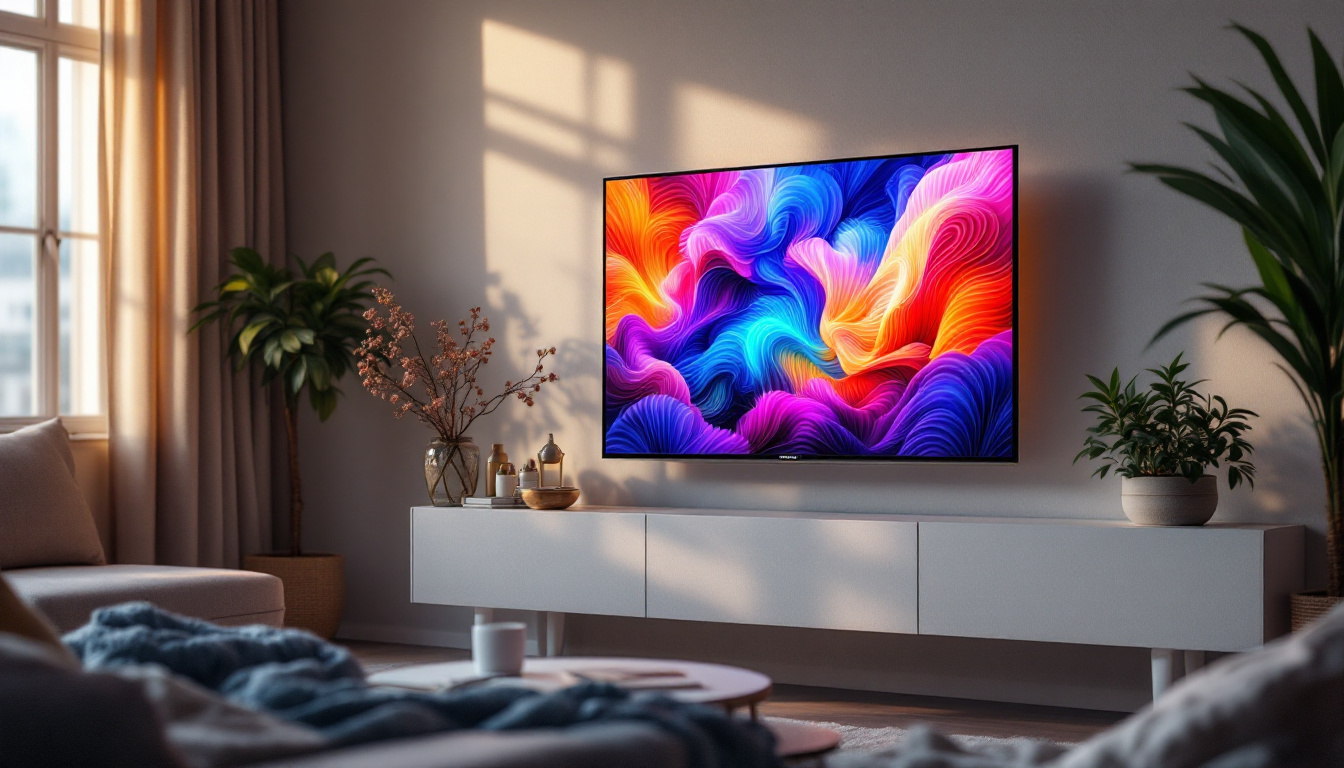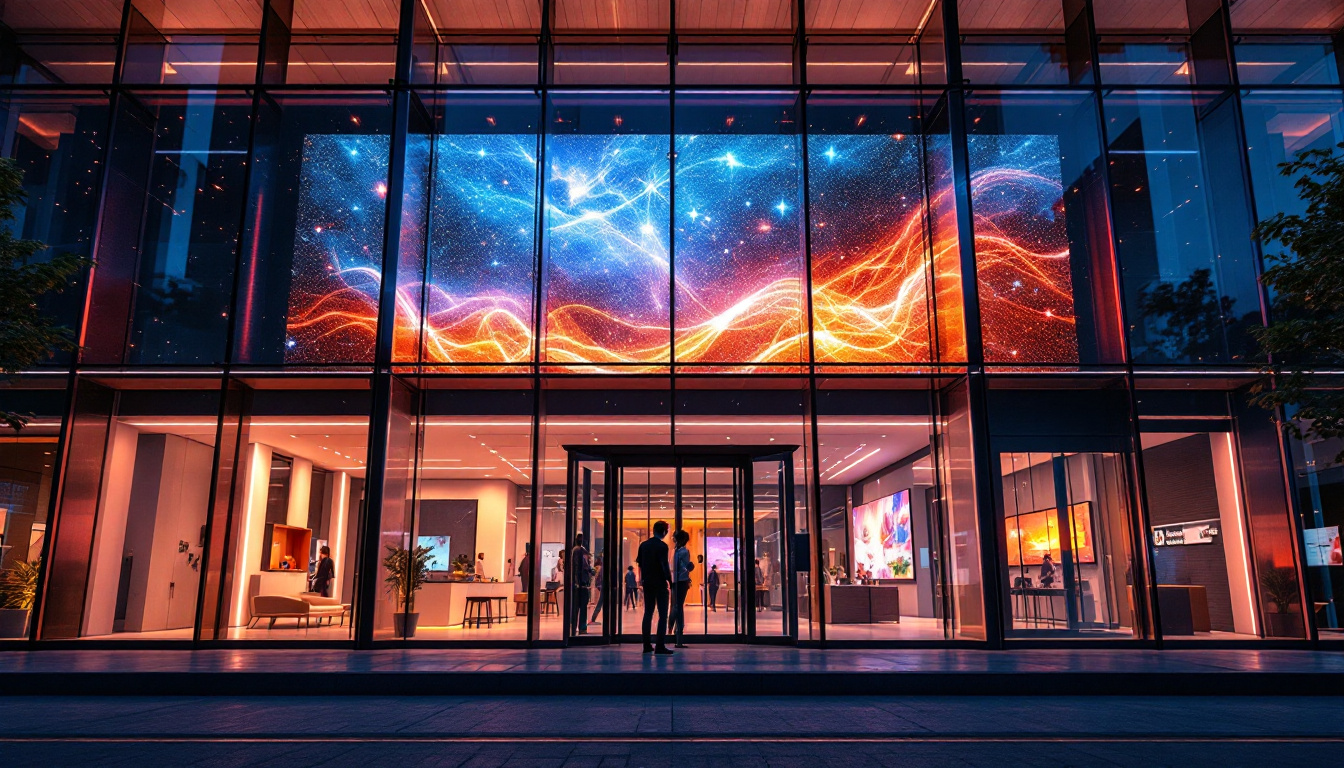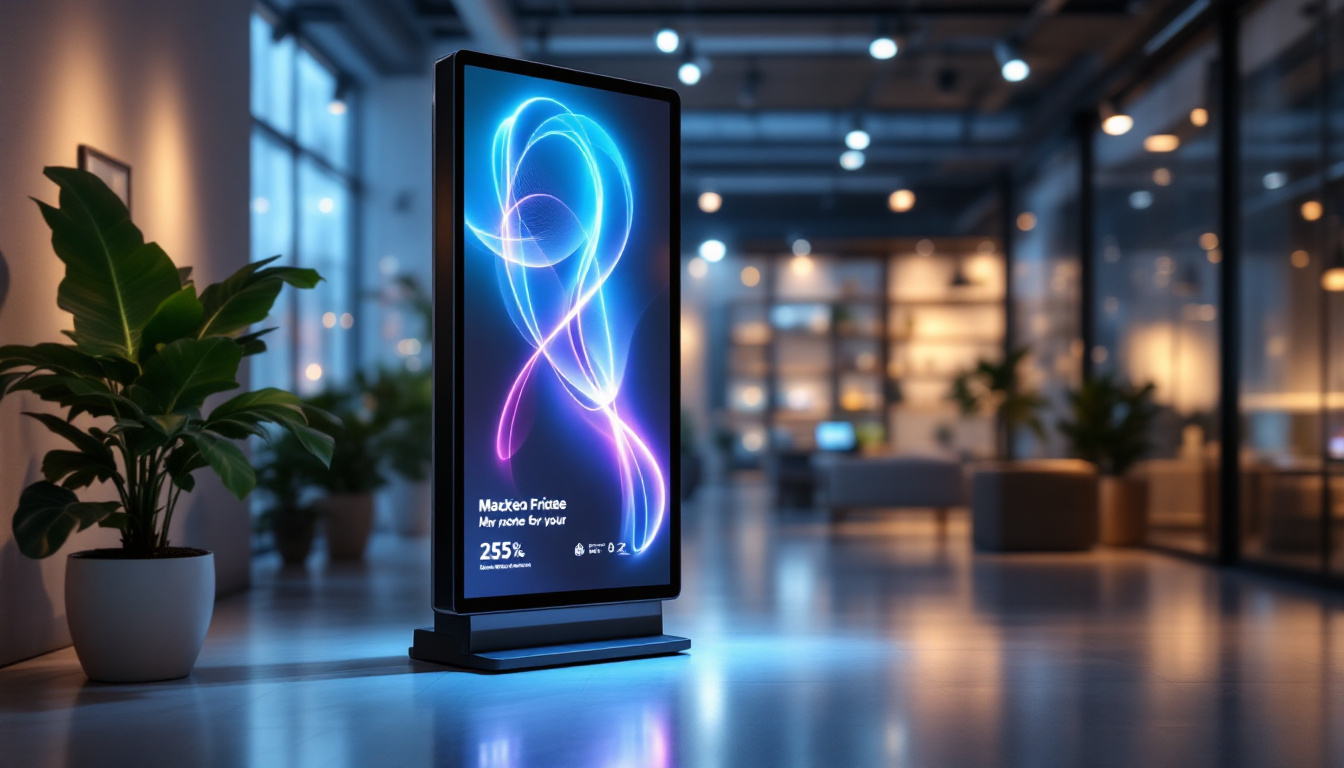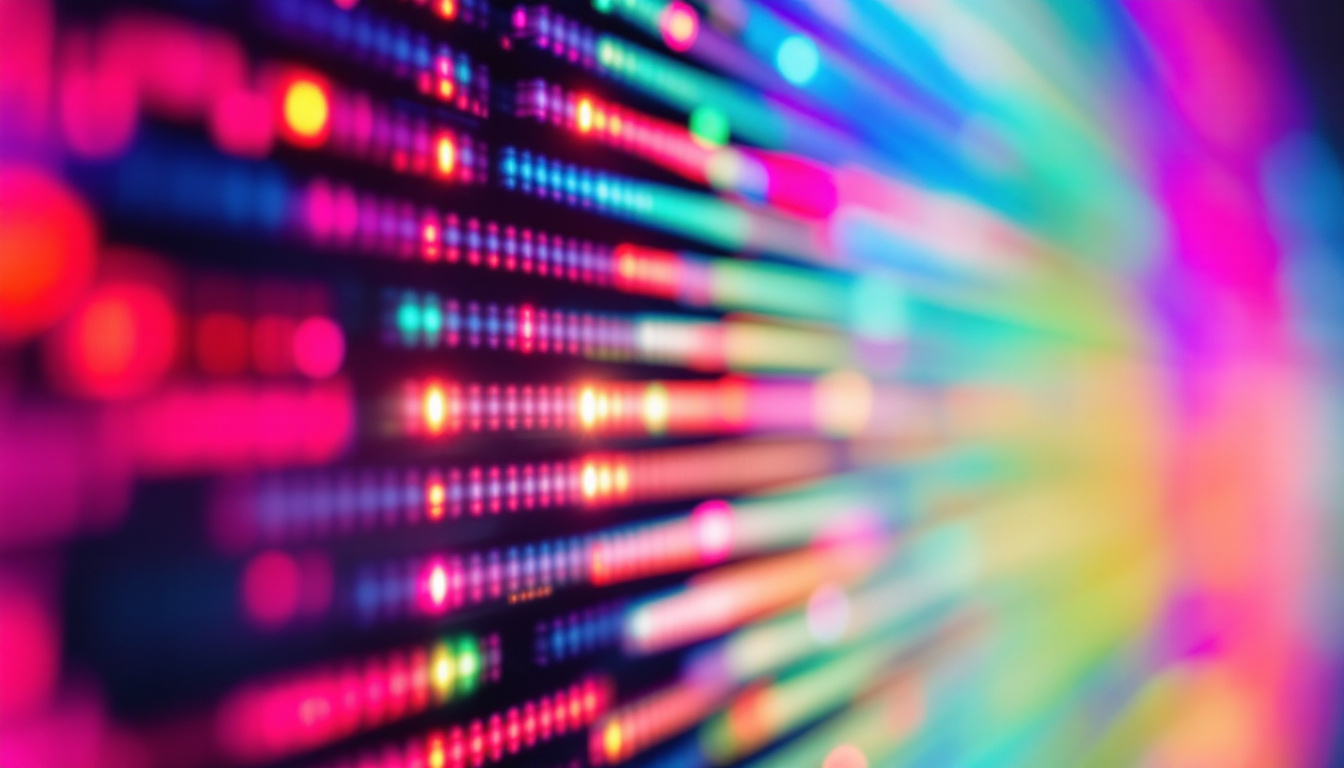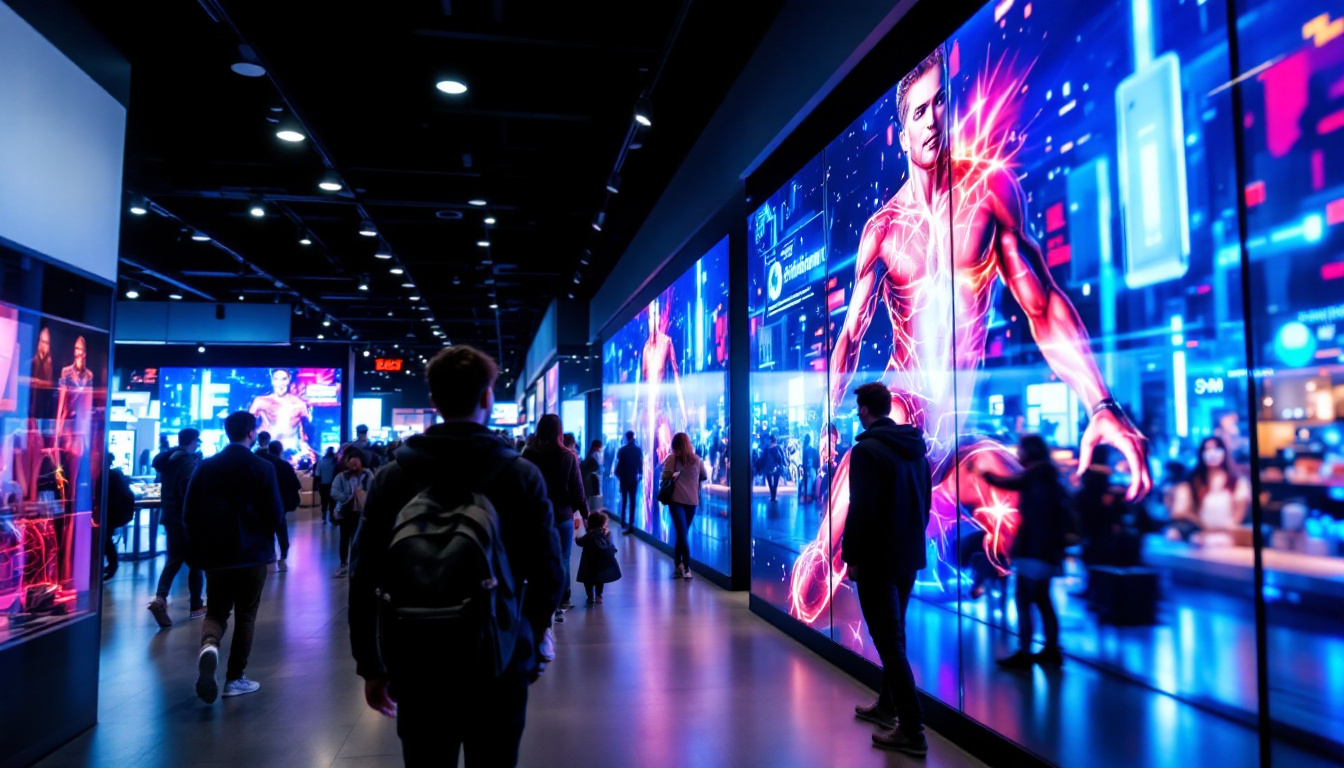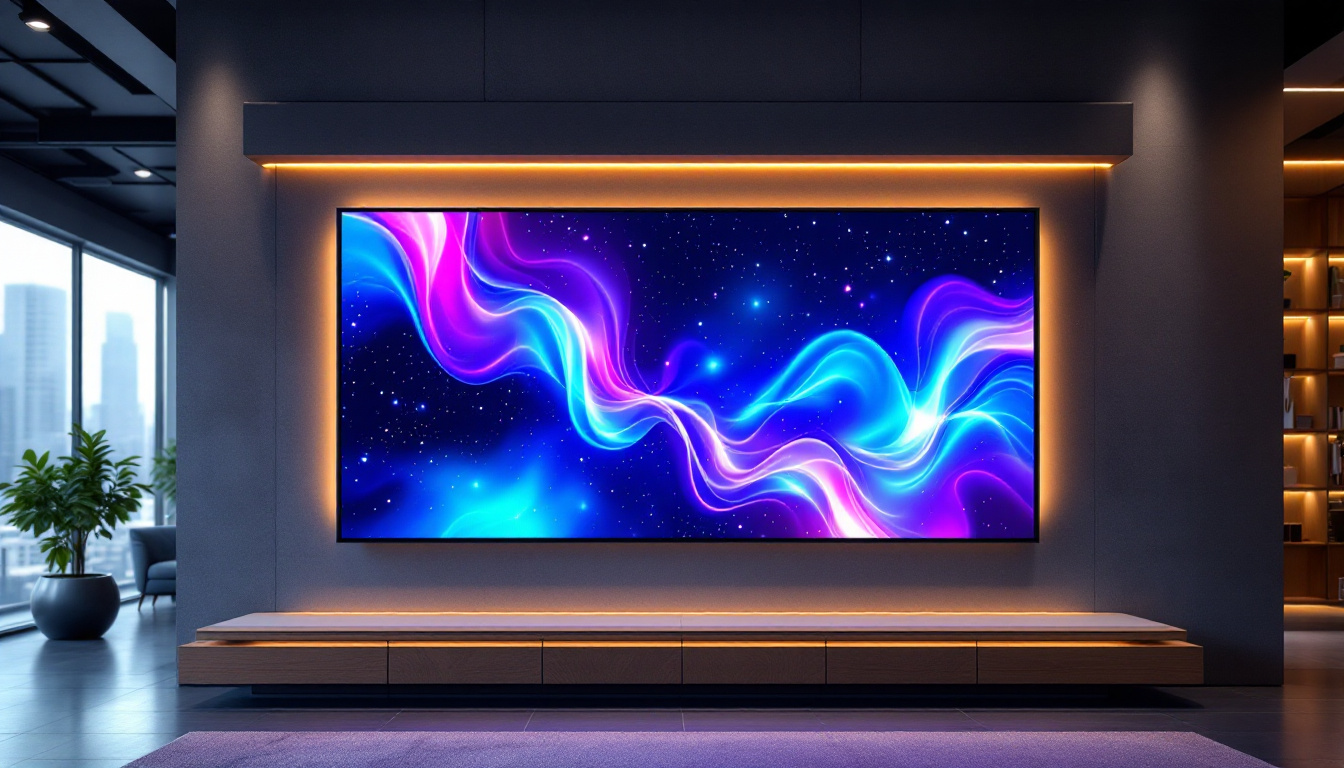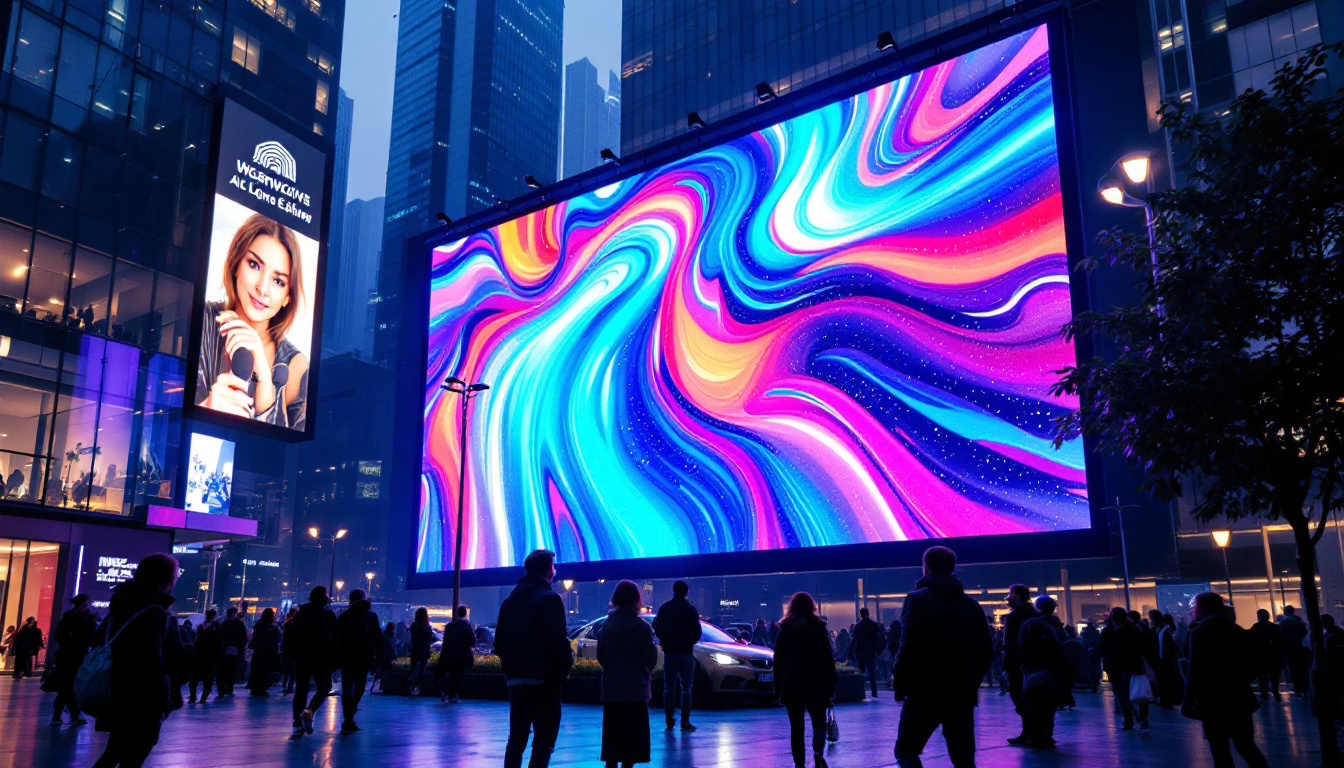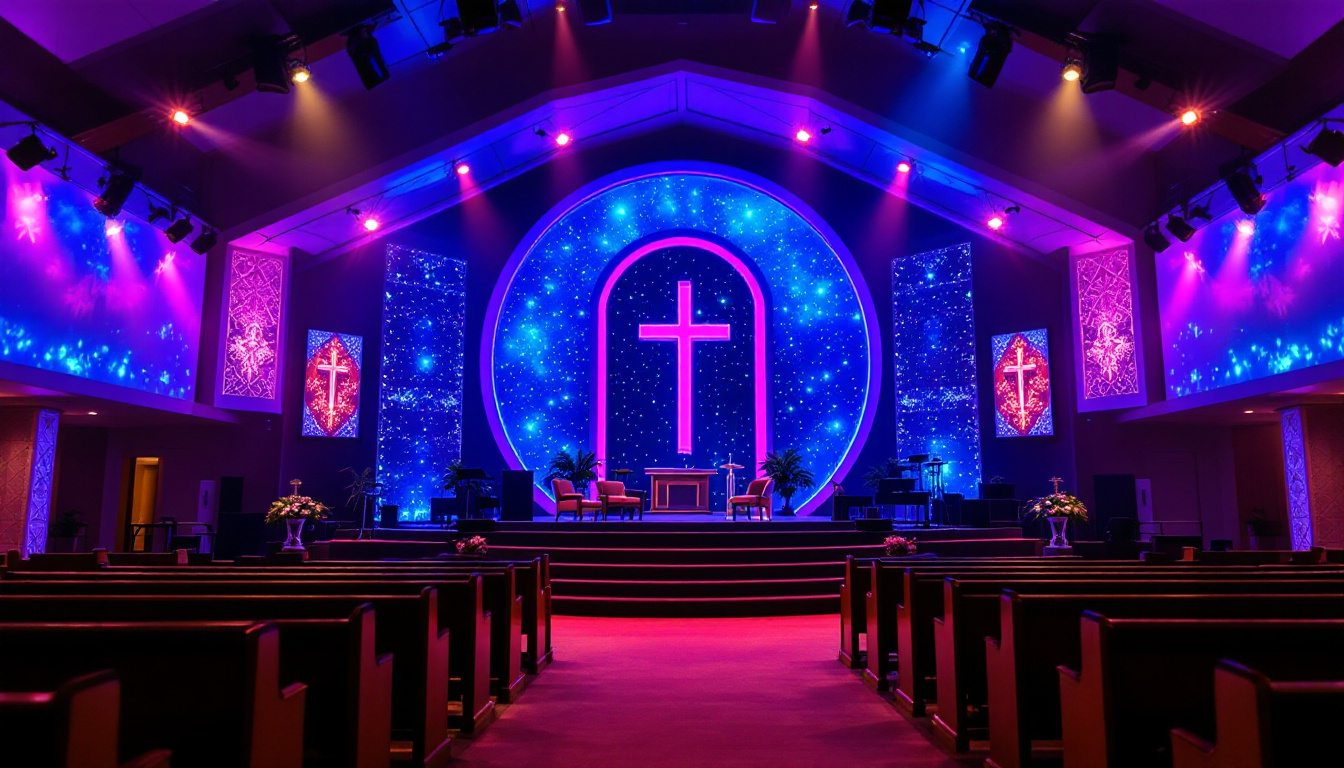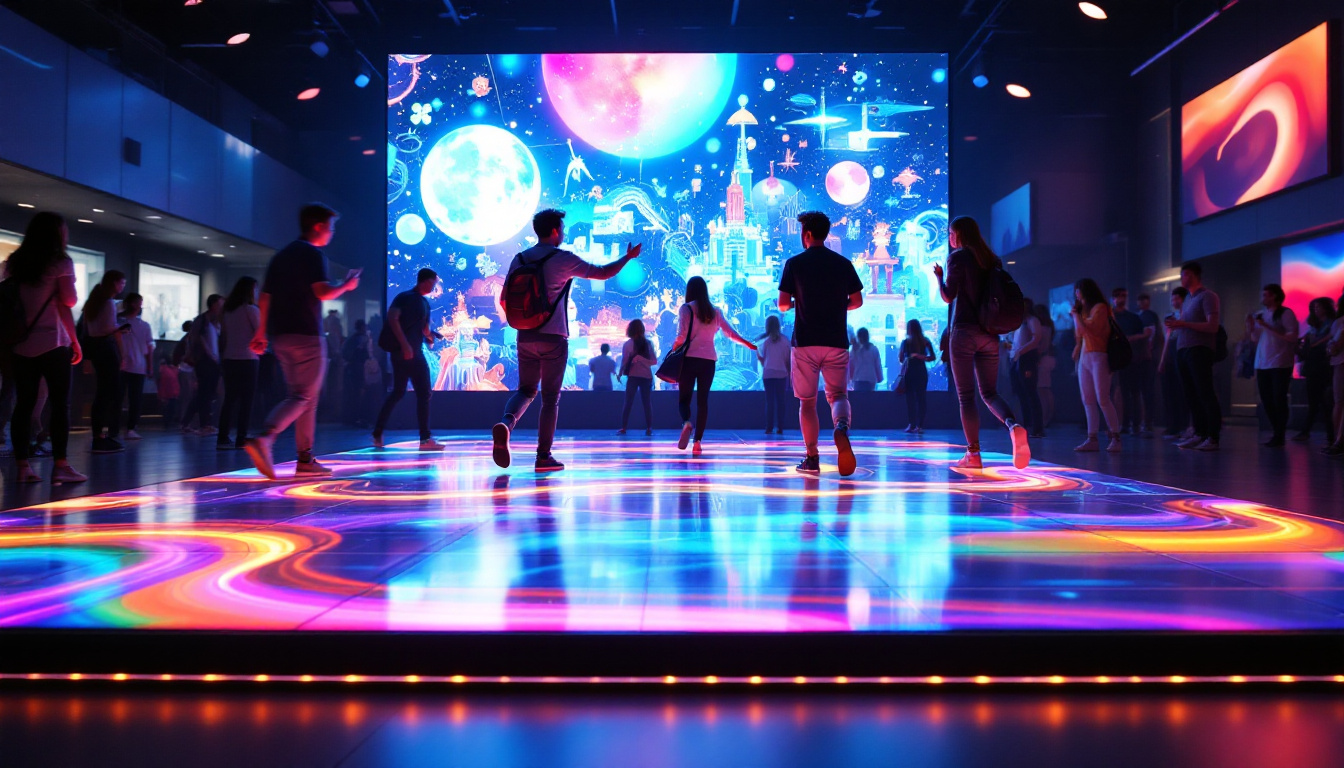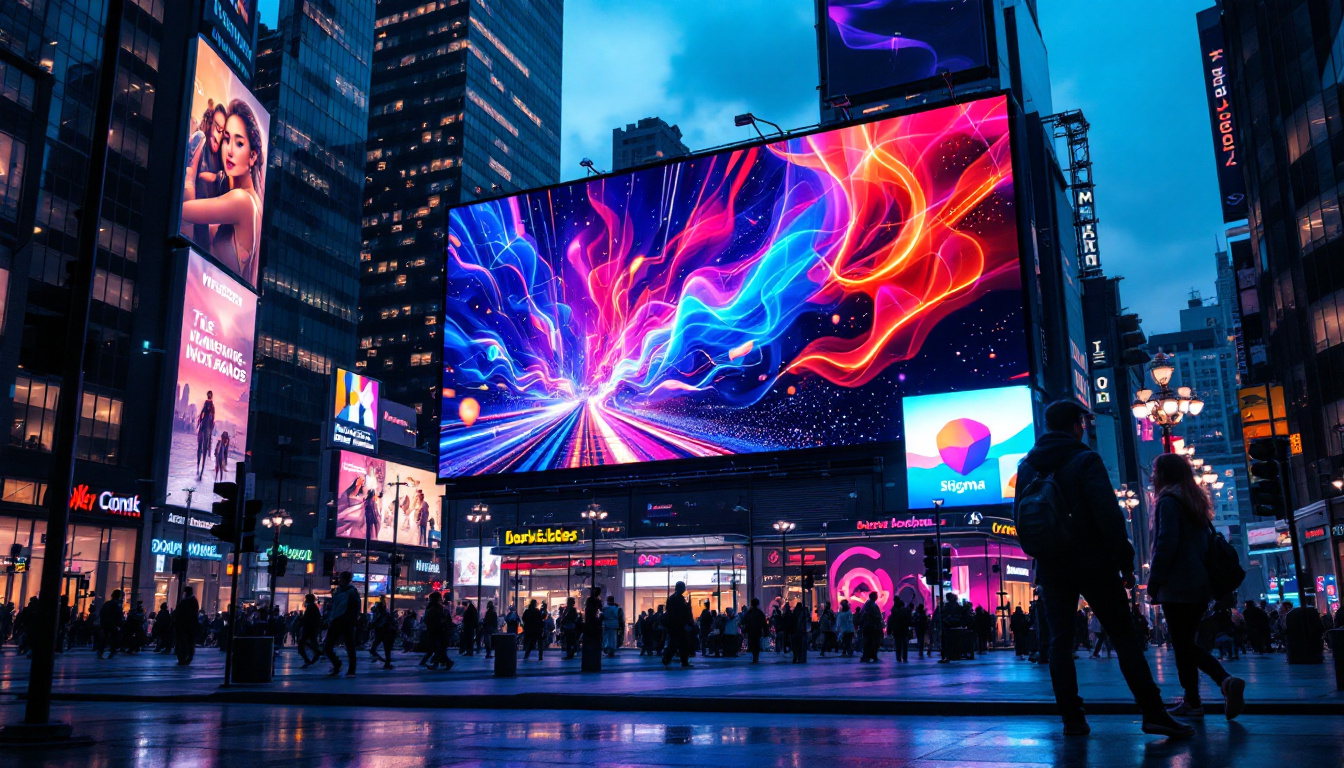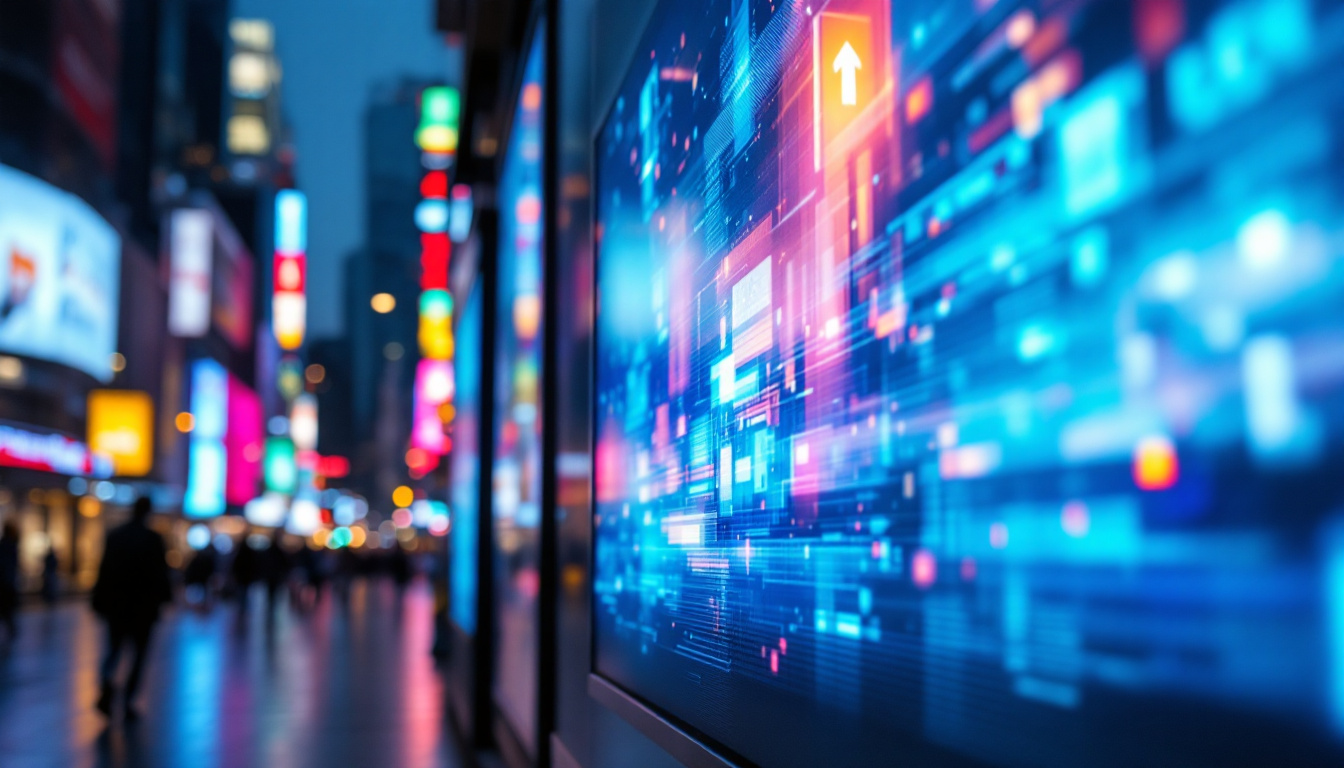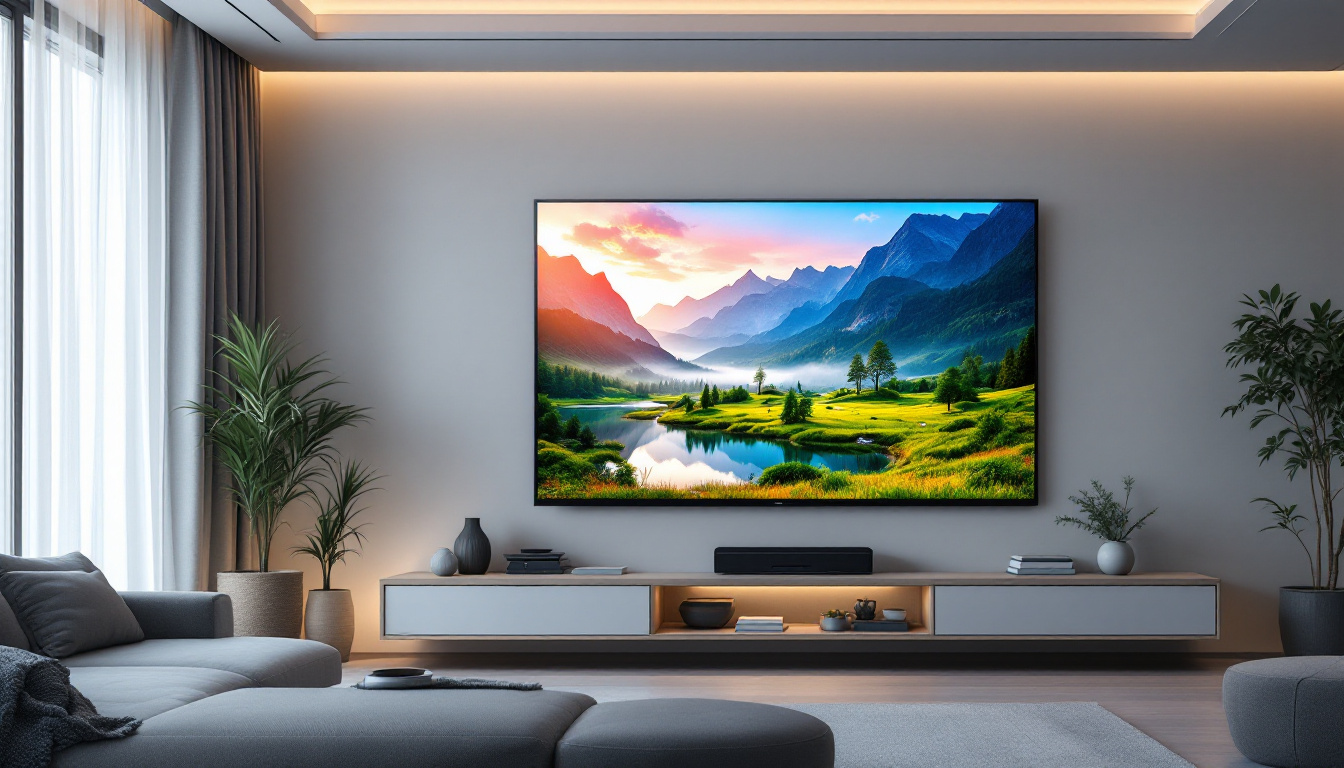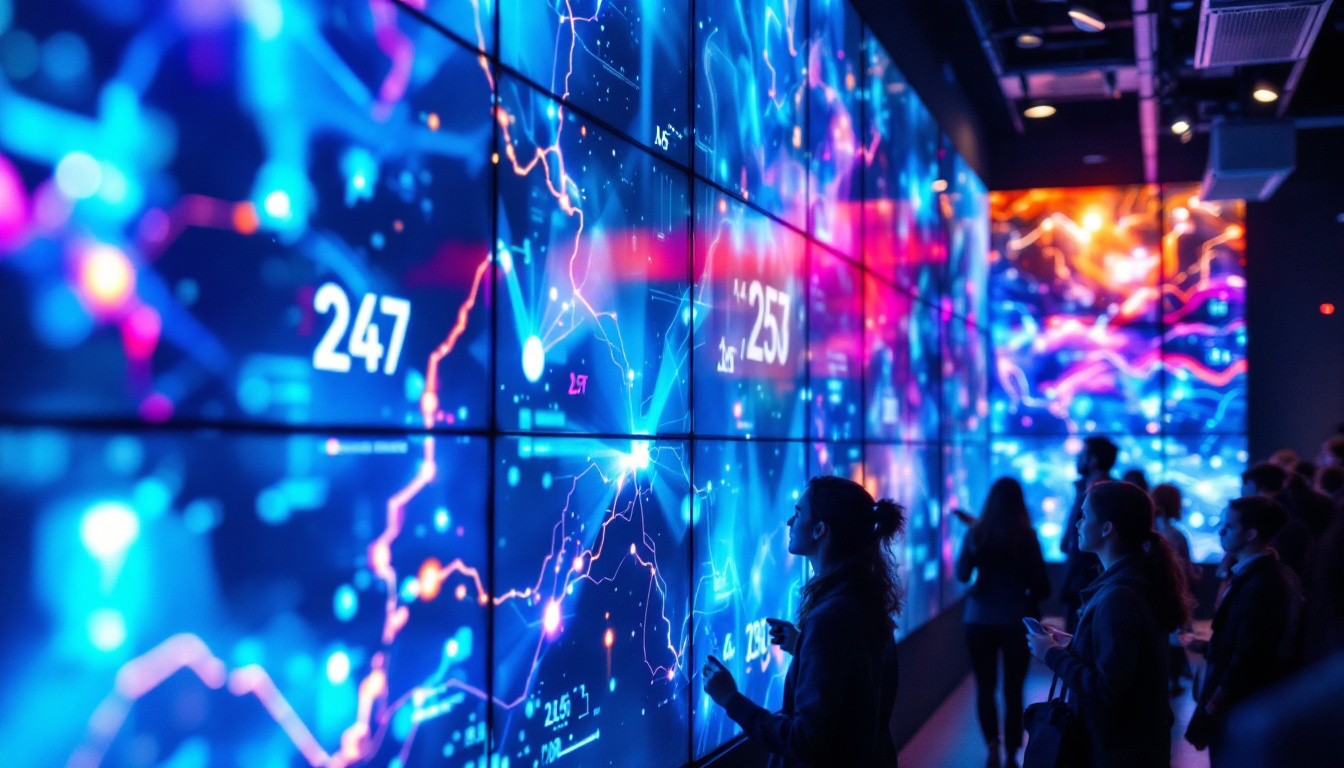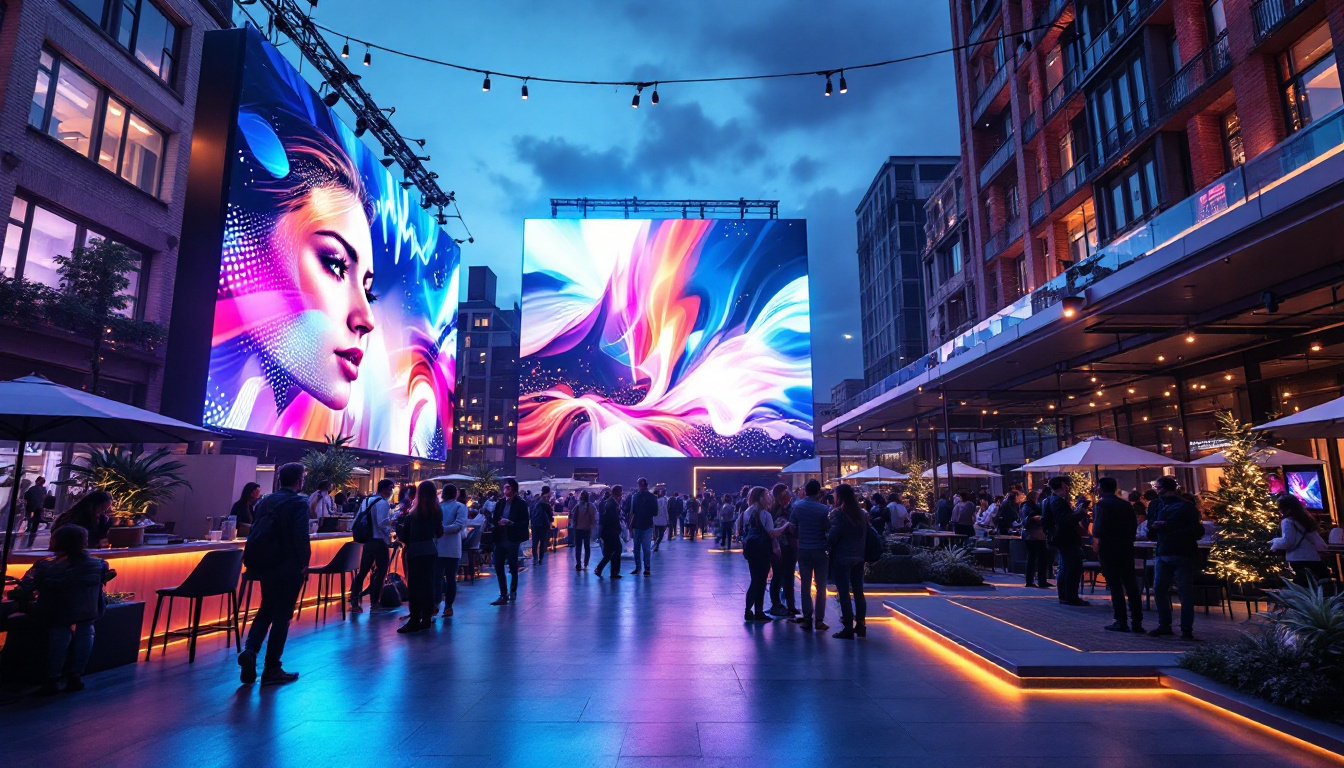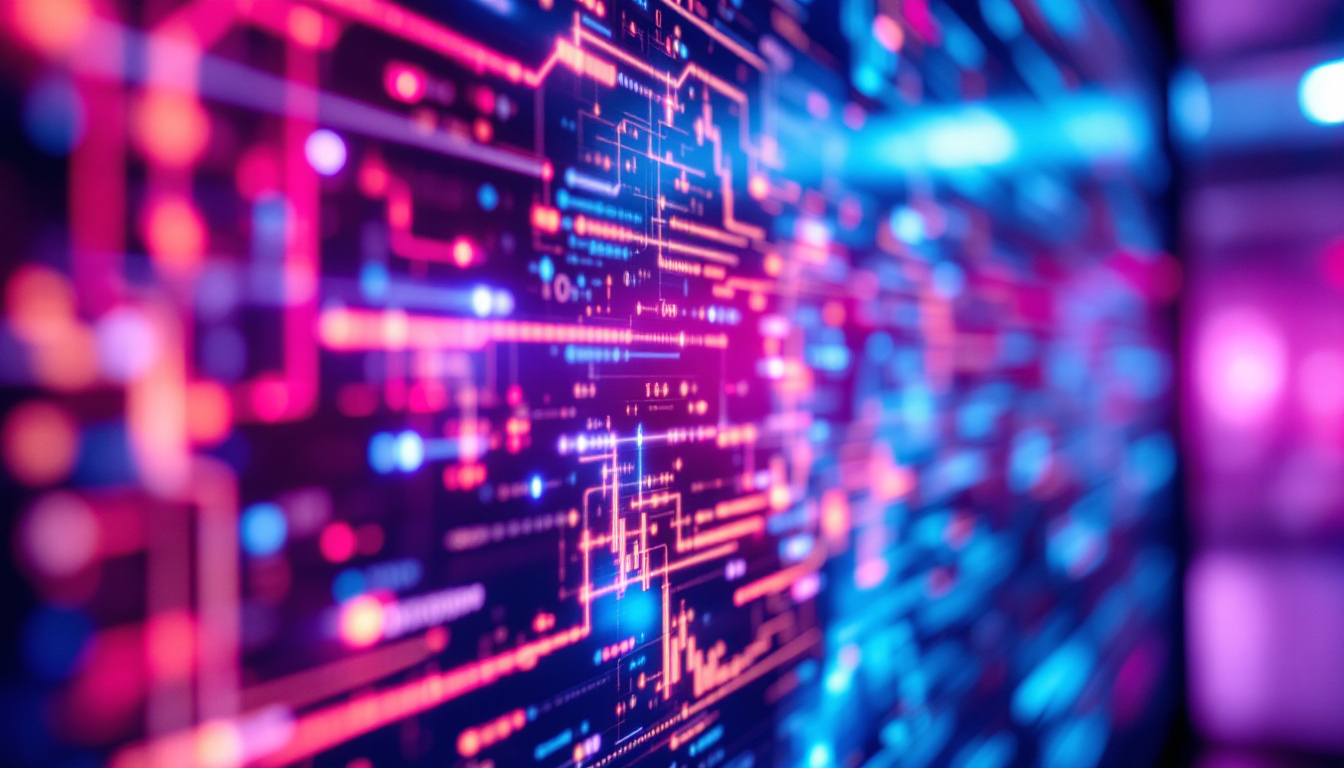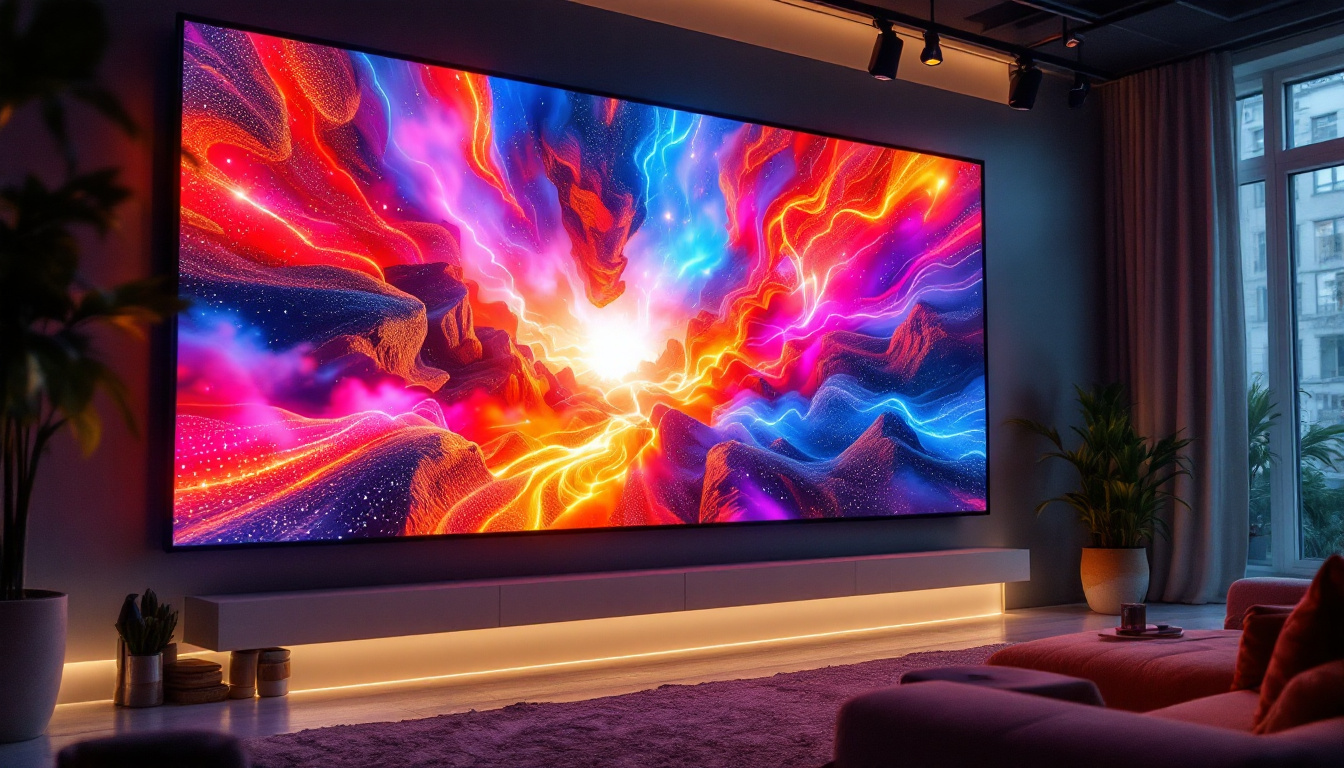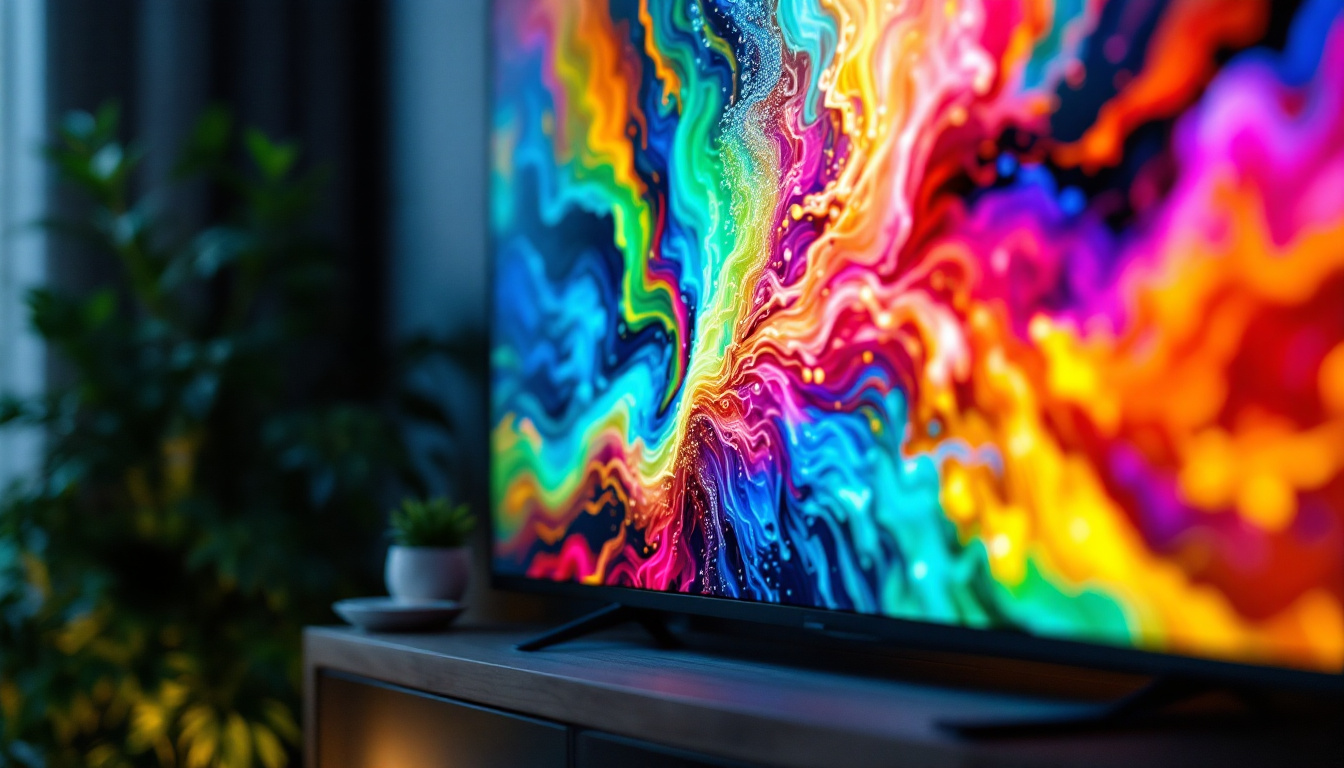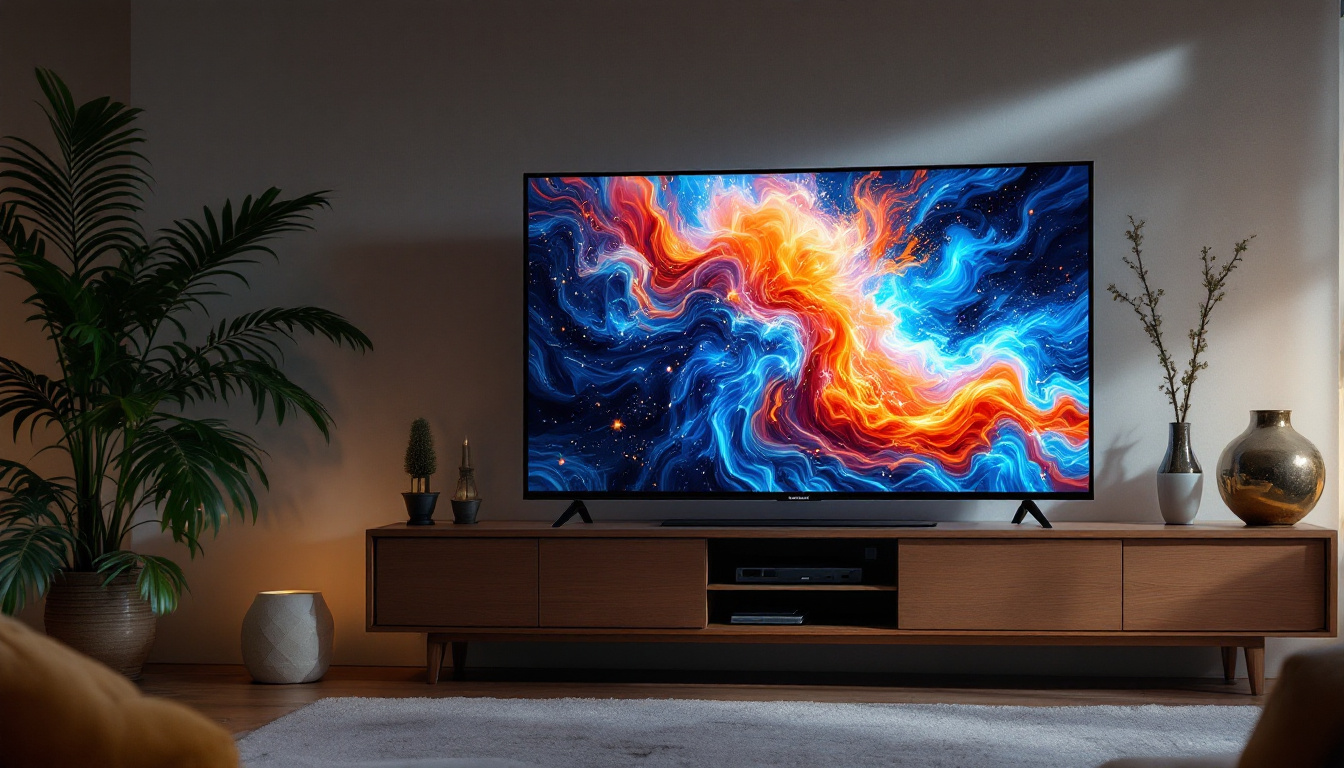In today’s fast-paced digital world, display technology plays a crucial role in how information is presented and consumed. Among various display technologies, LED (Light Emitting Diode) displays have gained immense popularity due to their versatility, efficiency, and vibrant visual quality. This article delves into the intricacies of LED displays, exploring their working principles, types, applications, and advantages.
Understanding LED Technology
LED technology is a semiconductor-based method of producing light. When an electric current passes through a diode, it emits light. This fundamental principle is what makes LED displays possible. Unlike traditional display technologies such as LCD (Liquid Crystal Display) or CRT (Cathode Ray Tube), LED displays utilize this innovative light source to create images and videos. The efficiency of LEDs not only contributes to their longevity but also significantly reduces energy consumption, making them an environmentally friendly choice in comparison to older technologies.
How LED Displays Work
At the core of an LED display are numerous tiny LED lights that can be individually controlled to produce a wide range of colors. These lights are arranged in a grid format, which allows for the creation of images by turning specific LEDs on or off. The combination of red, green, and blue (RGB) LEDs can produce millions of colors, providing a rich and vibrant visual experience. This color mixing capability is crucial for applications requiring precise color reproduction, such as graphic design and photography.
The control of these LEDs is managed by a driver circuit, which interprets the incoming video signal and adjusts the brightness and color of each LED accordingly. The result is a display that can produce sharp images and smooth motion, making it ideal for various applications. Advanced technologies, such as pulse-width modulation, allow for finer control over brightness levels, enhancing the overall viewing experience by minimizing flicker and improving color depth.
Types of LED Displays
LED displays come in various forms, each tailored for specific applications. The two primary types are:
- Direct View LED Displays: These displays consist of individual LEDs that form the entire screen. They are commonly used in large outdoor billboards and indoor screens, providing high brightness and excellent visibility even in direct sunlight. Their modular design allows for easy scalability, making them ideal for large venues such as stadiums and concert halls.
- LED-Backlit LCD Displays: In this configuration, LEDs are used as a backlight for an LCD panel. This setup enhances the brightness and color accuracy of the LCD, making it a popular choice for televisions and computer monitors. The use of edge-lit or full-array backlighting techniques further improves contrast ratios and allows for localized dimming, enhancing the overall picture quality.
In addition to these primary types, there are also specialized LED displays, such as transparent LED screens, which allow for unique advertising opportunities in retail spaces by blending digital content with physical environments. Furthermore, flexible LED displays are gaining traction in the market, enabling creative applications such as curved screens and wearable technology, showcasing the versatility and innovative potential of LED technology in the modern world.
Applications of LED Displays
LED displays are utilized in a wide range of applications across various industries. Their adaptability and performance make them suitable for both commercial and personal use.
Advertising and Marketing
One of the most prominent applications of LED displays is in advertising and marketing. Large outdoor LED billboards attract attention with their bright colors and dynamic content. Businesses leverage these displays to showcase promotions, events, and brand messages, often using motion graphics to engage passersby effectively.
Indoor LED screens are also prevalent in retail environments, where they can be used for product displays, digital signage, and interactive kiosks. The ability to change content quickly and easily makes LED displays a powerful tool for marketers. Furthermore, the integration of sensors and analytics allows businesses to tailor their messages based on customer demographics and behaviors, ensuring that the right message reaches the right audience at the right time.
Entertainment and Events
In the entertainment industry, LED displays have revolutionized how audiences experience live events. Concerts, sports games, and theatrical performances often incorporate large LED screens to enhance the visual experience. These displays can provide close-up views of performances, display real-time statistics, or even create immersive environments through synchronized visuals.
Additionally, LED technology is widely used in movie theaters and theme parks, where high-quality visuals are essential for audience engagement. The ability to create stunning visual effects and vibrant colors has led to the development of unique attractions, such as immersive 3D experiences and interactive installations that captivate visitors. This not only enhances the entertainment value but also encourages repeat visits, as guests are drawn to the innovative use of technology in their leisure activities.
Corporate and Educational Use
LED displays are increasingly being adopted in corporate settings for presentations, meetings, and conferences. Their ability to deliver clear visuals in well-lit environments makes them ideal for boardrooms and auditoriums. Companies can utilize these displays for video conferencing, displaying data, and enhancing communication.
In educational institutions, LED displays serve as powerful teaching tools. They can be used in classrooms for interactive learning, displaying educational content, and facilitating group discussions. Their versatility allows educators to present information in engaging and visually appealing ways. Moreover, the incorporation of touch technology enables students to interact directly with the content, fostering a more hands-on learning experience. This interactivity not only aids retention but also encourages collaboration among students, making learning a more dynamic and inclusive process.
Advantages of LED Displays
The popularity of LED displays can be attributed to several advantages they offer over traditional display technologies. Understanding these benefits is essential when considering the right display solution for specific needs.
Energy Efficiency
One of the most significant advantages of LED displays is their energy efficiency. Compared to traditional displays, LEDs consume less power while providing higher brightness levels. This efficiency not only reduces electricity costs but also contributes to a smaller carbon footprint, making LED displays an environmentally friendly choice.
Longevity and Durability
LED displays are known for their long lifespan, often lasting over 50,000 hours of continuous use. This durability is particularly beneficial for outdoor applications, where displays are exposed to harsh weather conditions. Unlike traditional displays that may suffer from burn-in or degradation over time, LED displays maintain their performance and quality for years.
High Brightness and Contrast
LED displays offer superior brightness and contrast ratios, making them ideal for various lighting conditions. Whether in direct sunlight or dimly lit environments, LED displays remain clear and vibrant. This capability ensures that content is easily visible, enhancing the overall viewing experience.
Challenges and Considerations
While LED displays offer numerous advantages, they also come with certain challenges and considerations that should be addressed before implementation.
Cost of Installation
The initial cost of purchasing and installing LED displays can be higher than traditional display technologies. However, the long-term savings in energy costs and maintenance often outweigh this initial investment. Businesses should evaluate their budget and consider the potential return on investment when deciding on display solutions.
Viewing Angles
Another consideration is the viewing angle of LED displays. While many modern LED displays offer wide viewing angles, some configurations may have limited visibility from certain angles. This limitation can affect the overall effectiveness of the display, particularly in large venues. It is essential to assess the intended viewing environment and select a display that meets those requirements.
Content Management
Effective content management is crucial for maximizing the potential of LED displays. Businesses must invest in content creation and management systems to ensure that the display content is engaging and relevant. Regular updates and maintenance of content are necessary to keep the audience’s attention and deliver a consistent message.
The Future of LED Display Technology
The future of LED display technology appears promising, with ongoing advancements that continue to enhance their capabilities. Innovations in micro-LED and OLED (Organic Light Emitting Diode) technologies are paving the way for even more efficient and high-quality displays.
Micro-LED Technology
Micro-LED technology involves the use of tiny individual LEDs that can be placed closer together, resulting in higher pixel density and improved image quality. This technology allows for the creation of ultra-thin displays with exceptional color accuracy and brightness. As micro-LED technology matures, it is expected to revolutionize the display market, offering new possibilities for various applications.
Flexible and Transparent Displays
Another exciting development in the LED display industry is the emergence of flexible and transparent displays. These displays can be bent or curved, allowing for innovative design possibilities in architecture and product displays. Transparent LED displays can be integrated into windows or glass surfaces, creating visually stunning effects while maintaining visibility through the display.
Smart Display Integration
As the Internet of Things (IoT) continues to grow, the integration of smart technology into LED displays is becoming more prevalent. Smart displays can connect to the internet, allowing for real-time content updates, remote management, and interactive features. This integration enhances the functionality of LED displays, making them even more valuable in various industries.
Conclusion
LED displays have transformed the way information is presented, offering vibrant visuals, energy efficiency, and versatility across multiple applications. Their ability to engage audiences and enhance experiences makes them a preferred choice for advertising, entertainment, corporate, and educational use.
While challenges such as installation costs and content management exist, the long-term benefits of LED displays often outweigh these concerns. As technology continues to evolve, the future of LED displays looks bright, with innovations that promise to push the boundaries of what is possible in display technology.
In a world where visual communication is paramount, understanding and leveraging LED display technology can provide a significant competitive advantage. Whether for business or personal use, embracing this technology is essential for staying relevant in the digital age.
Explore Cutting-Edge LED Display Solutions with LumenMatrix
Ready to elevate your visual communication and create unforgettable experiences? LumenMatrix, a pioneer in LED display technology, offers an extensive range of innovative solutions tailored to your needs. From Indoor and Outdoor LED Wall Displays to specialized options like Vehicle, Sports, and Floor LED Displays, our products are designed to captivate your audience and amplify your message. Discover the transformative power of Custom, All-in-One, and Transparent LED Displays. Experience the future of digital signage with LumenMatrix and make a lasting impression. Check out LumenMatrix LED Display Solutions today and step into a world of vibrant visuals and unparalleled efficiency.

